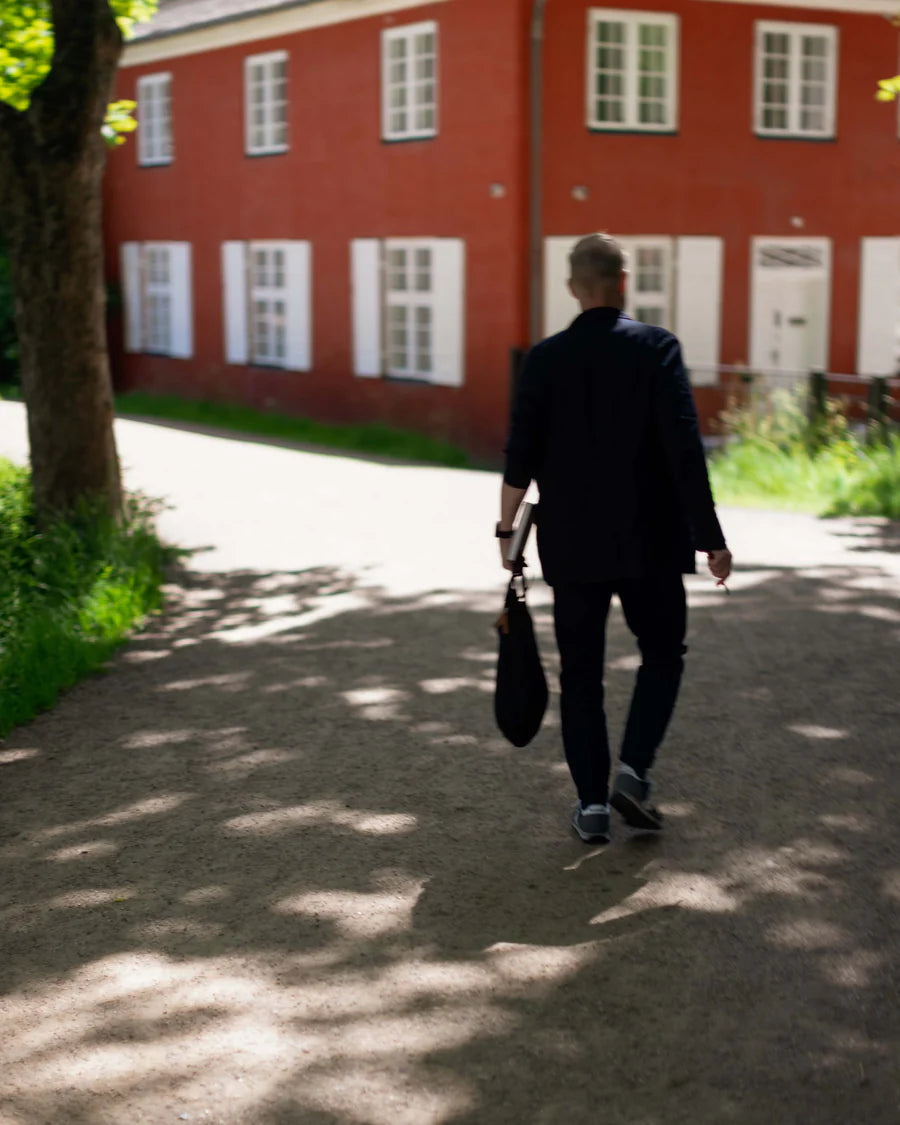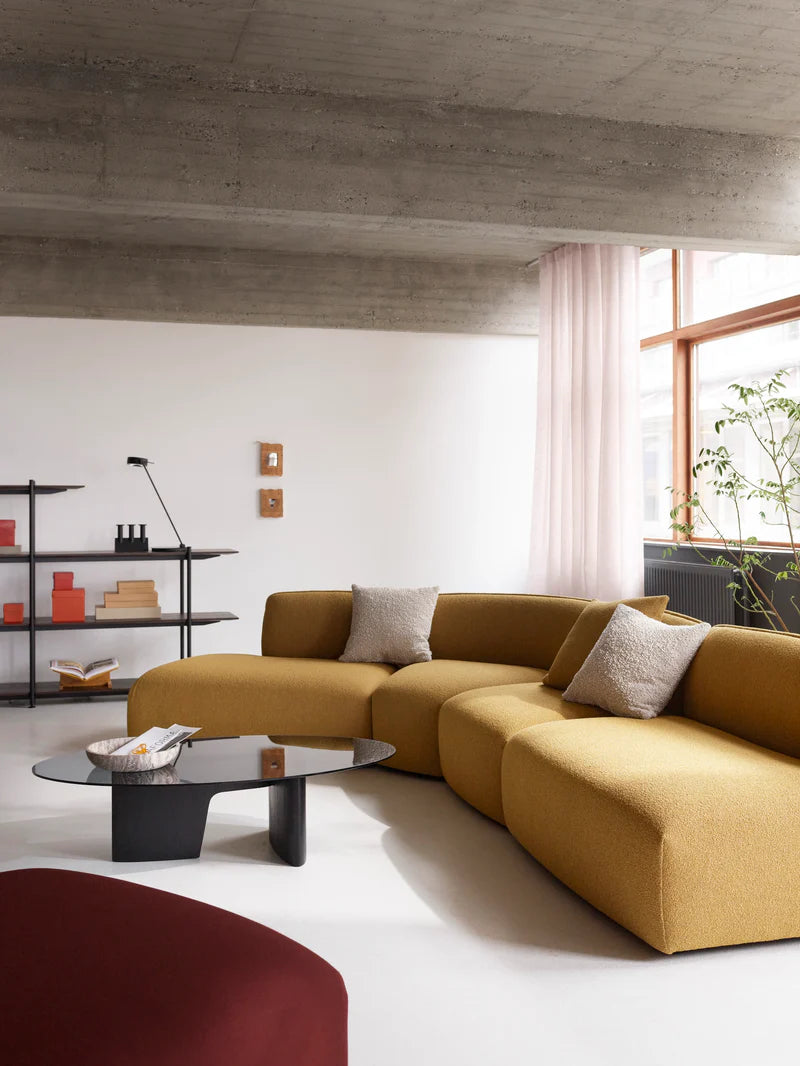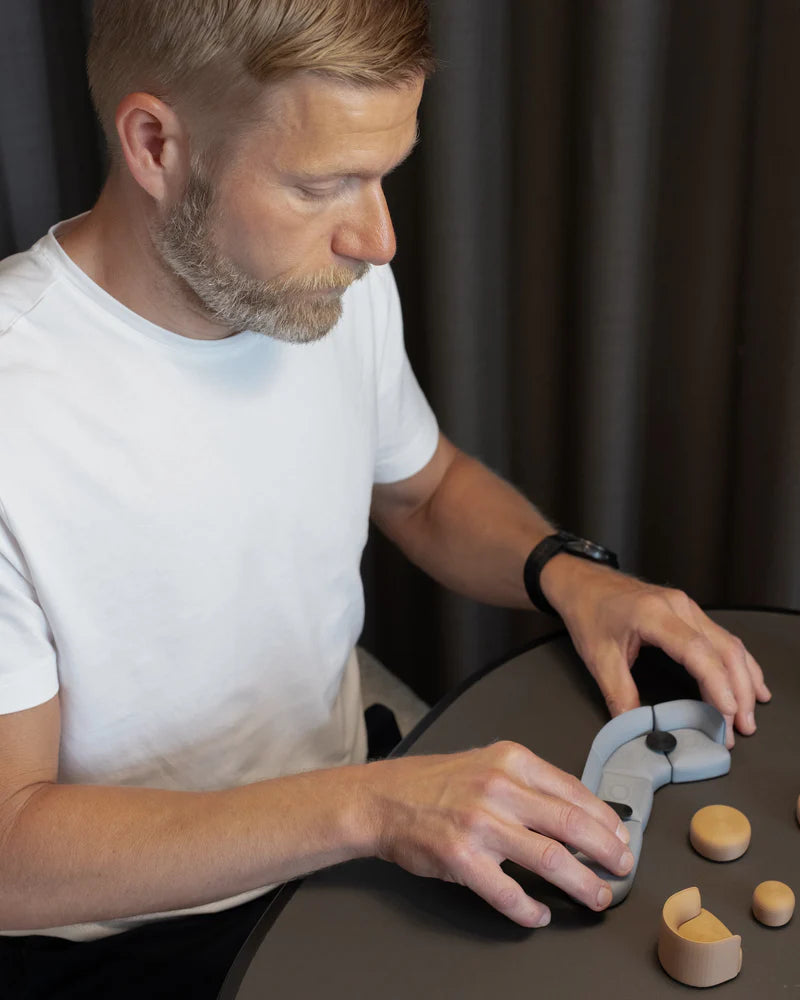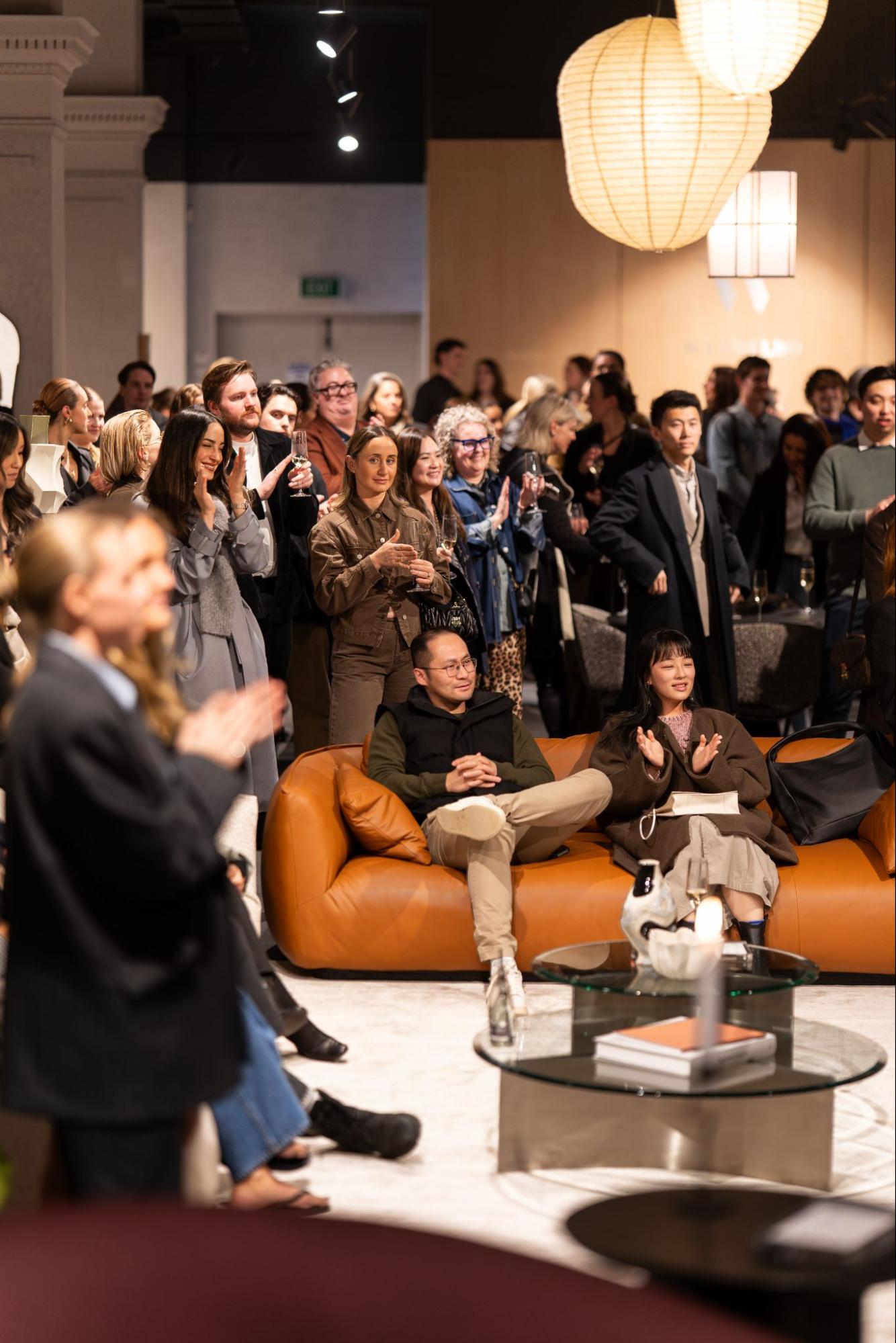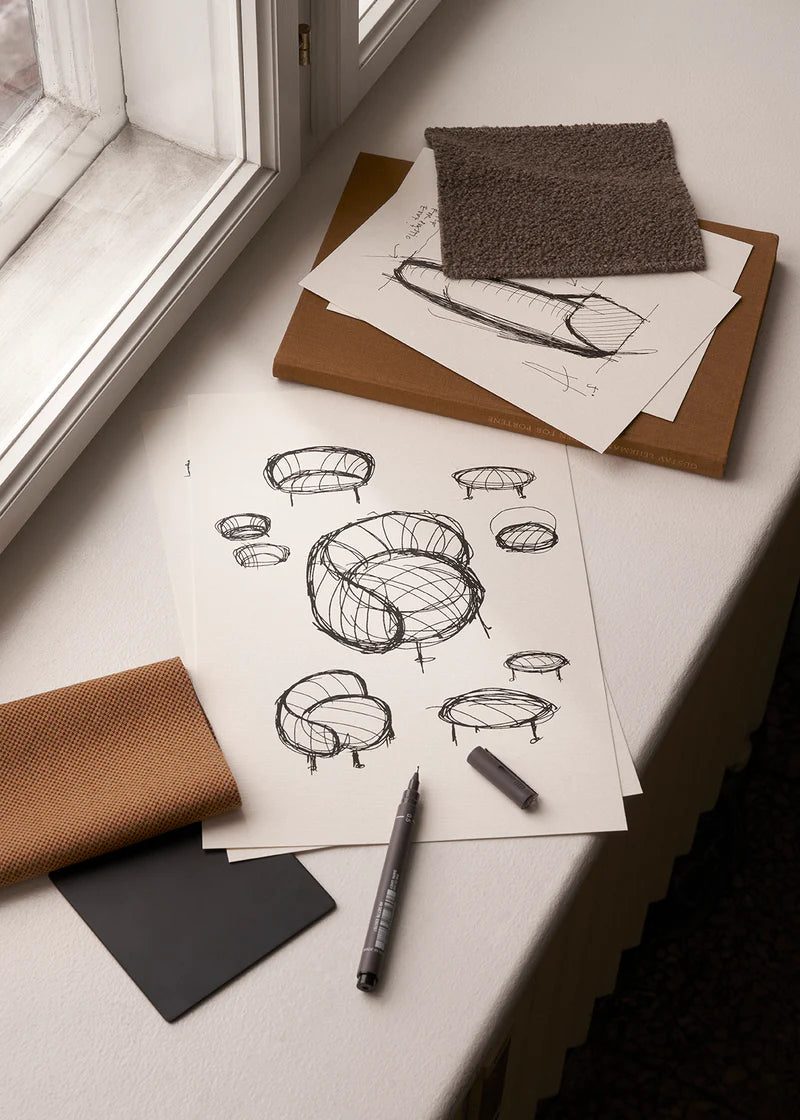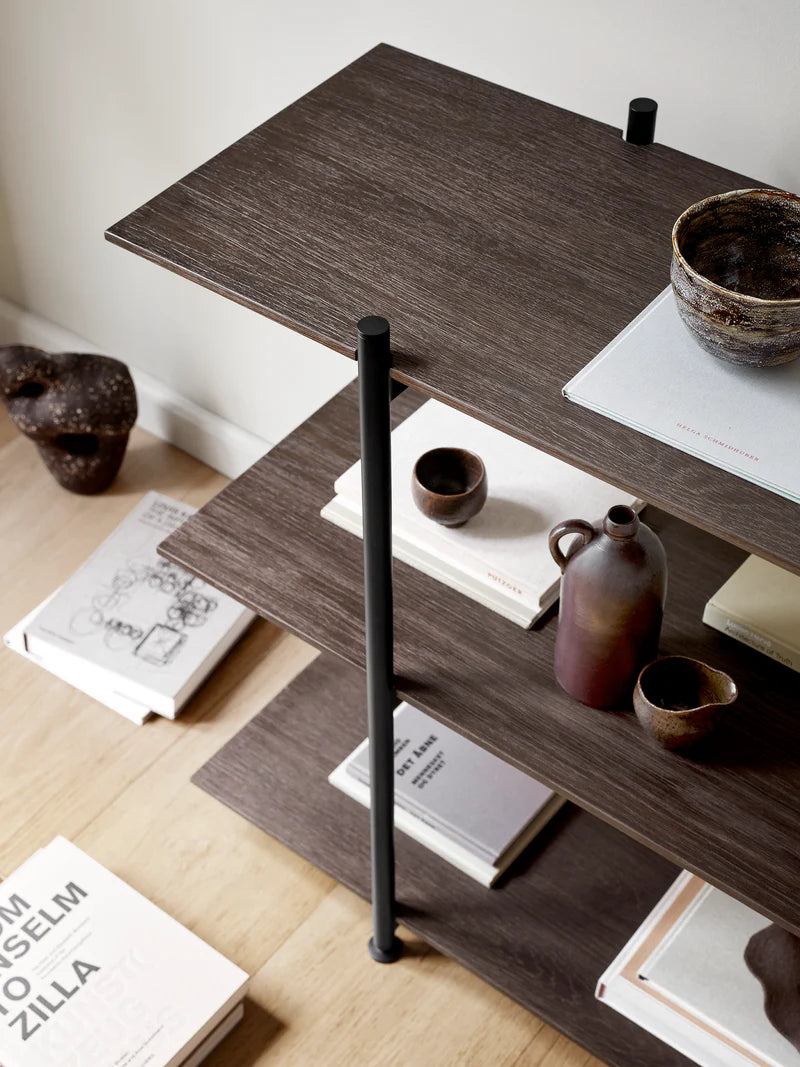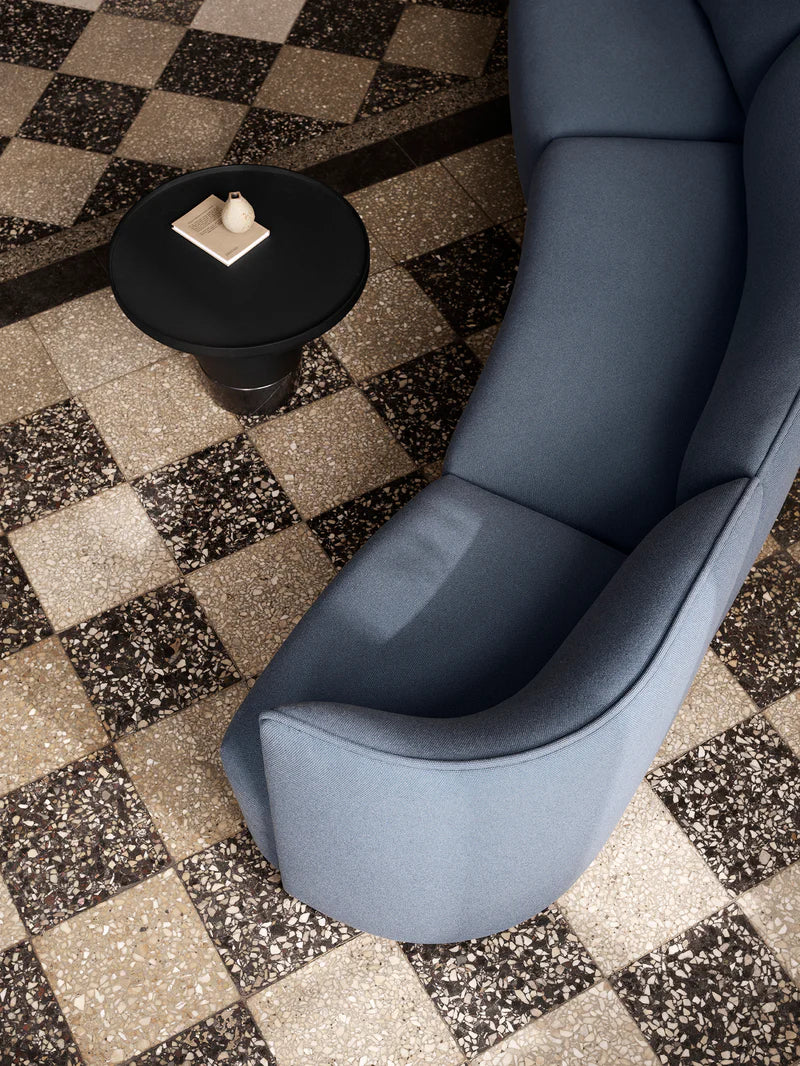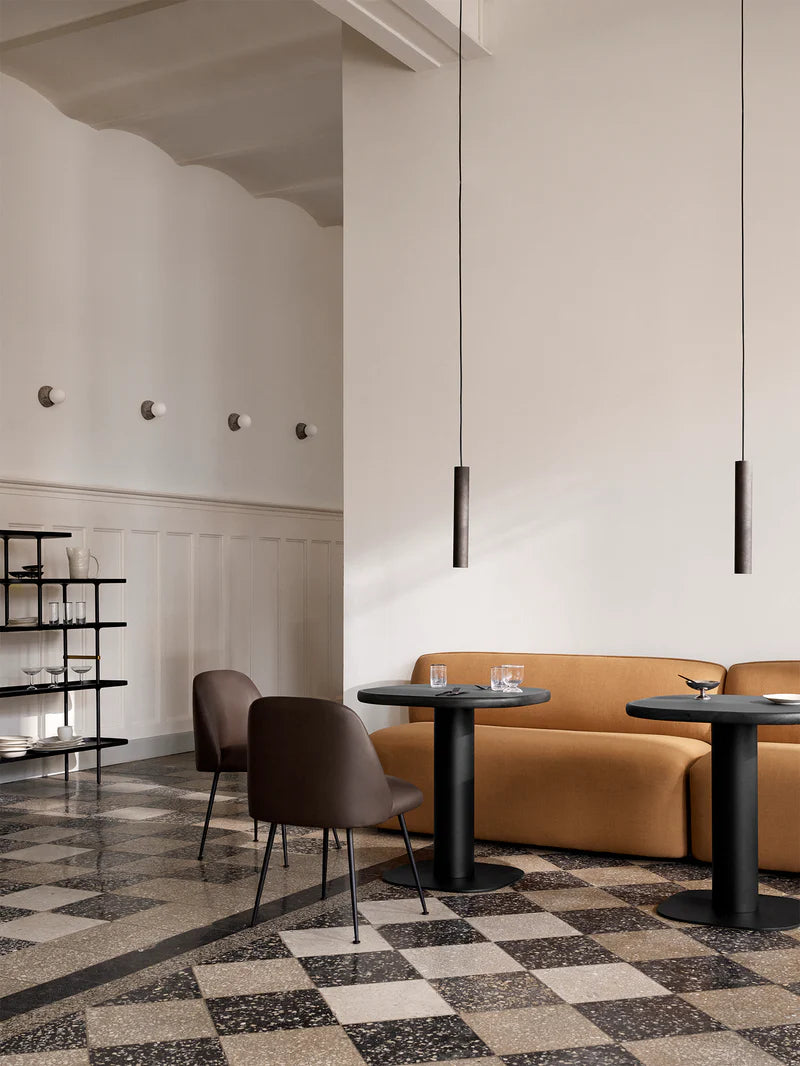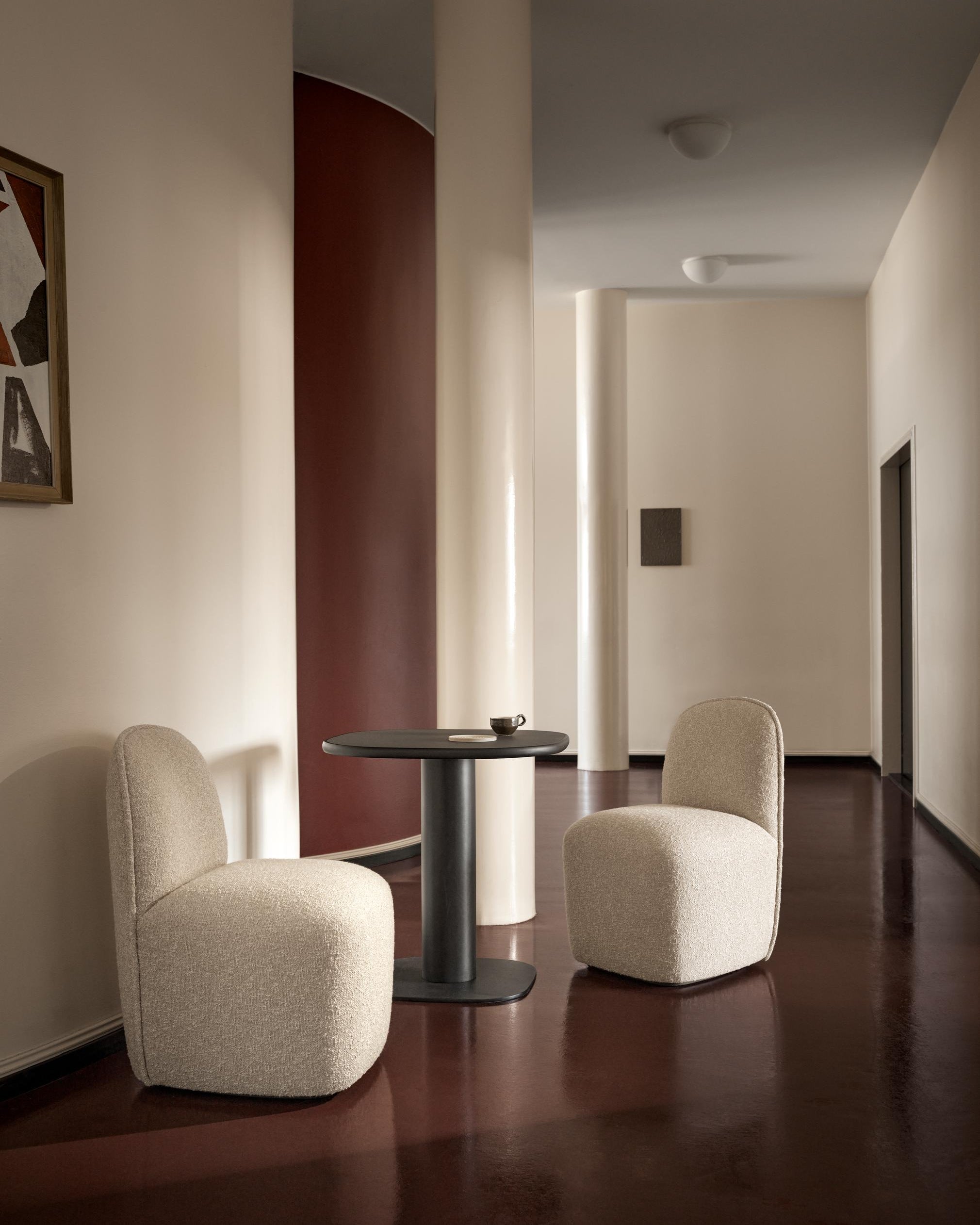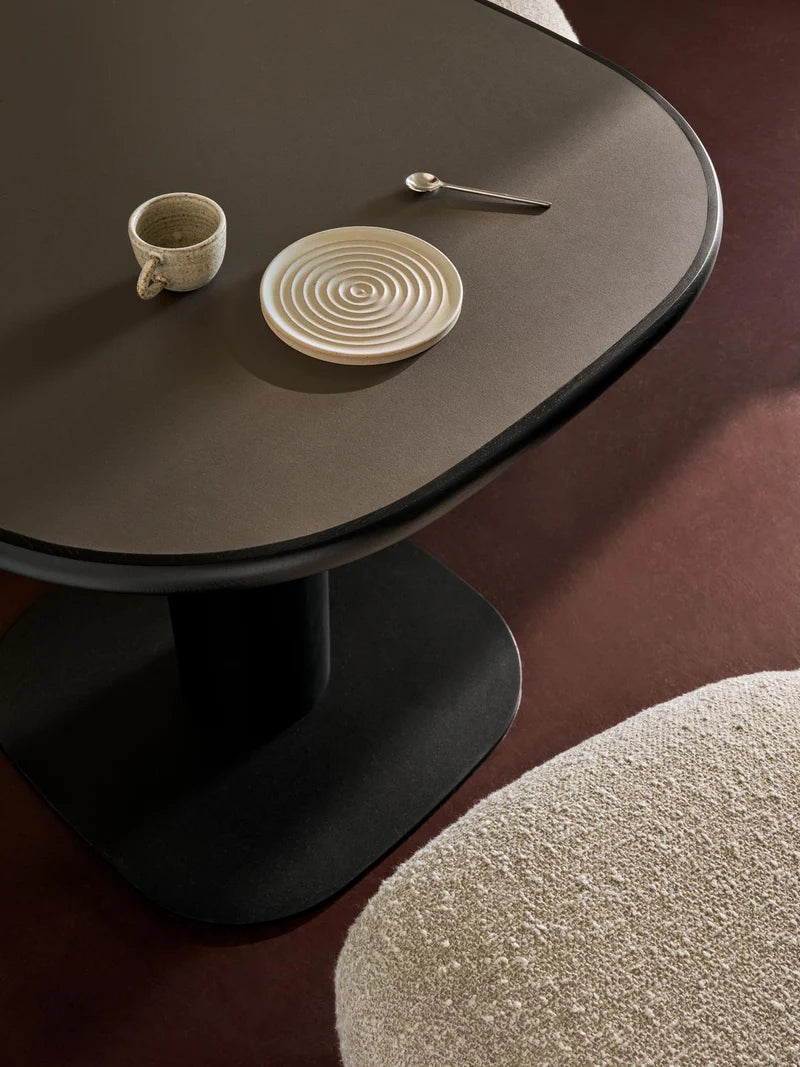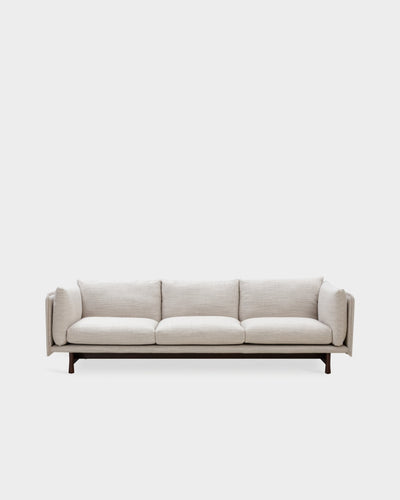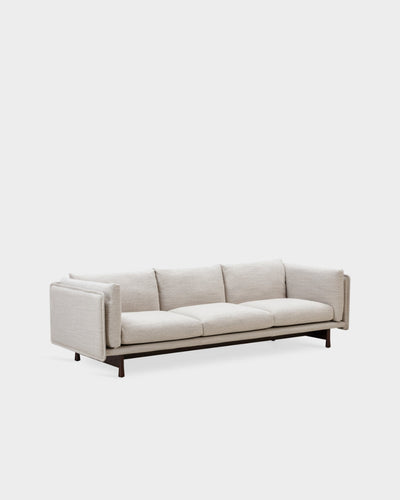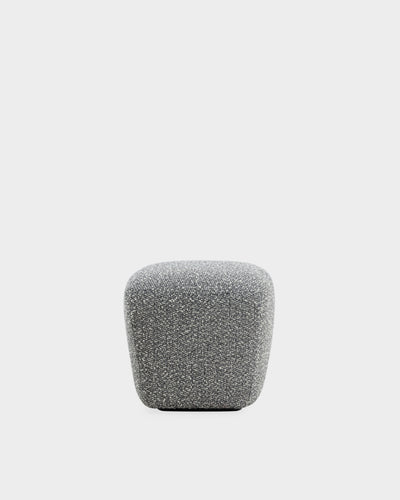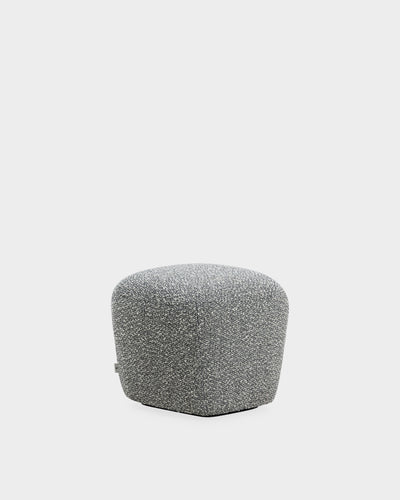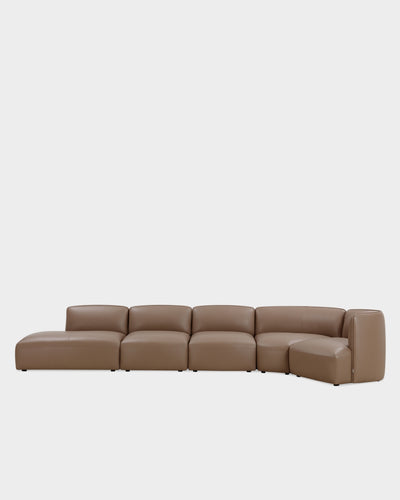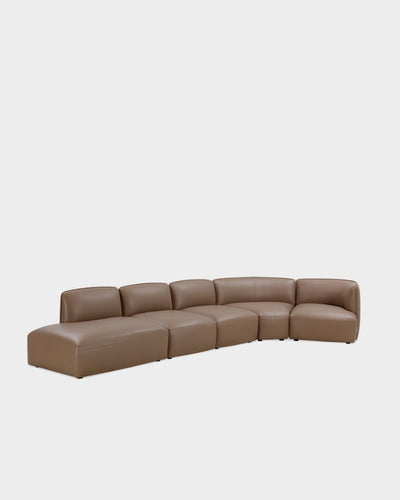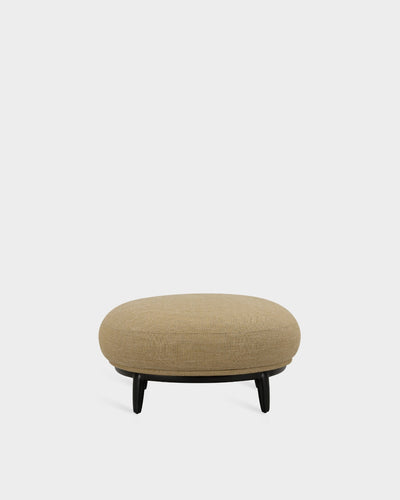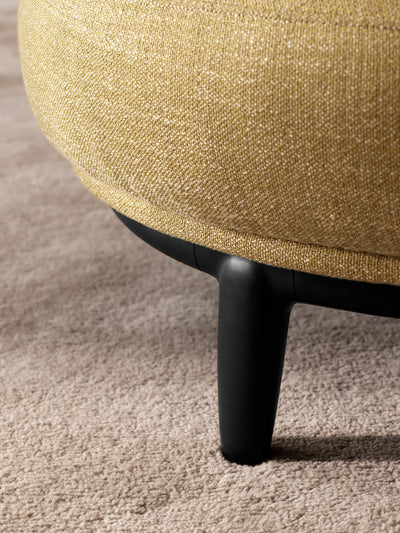JOURNEY
Navigating the terrain of complexity
In the world of design, the journey often leads us down tricky pathways where creativity and functionality meet. The acclaimed Swedish designer, Jonas Wagell, has skilfully navigated this terrain, etching a permanent mark on the world of modern design. His creative nucleus, the JWDA studio, was founded in 2008. Today, the studio resides within the charming confines of a converted car repair shop in central Stockholm though the reach of his collaborations extends far beyond the heart of Scandinavia, from Asia to Italy and across the Atlantic to North America.
